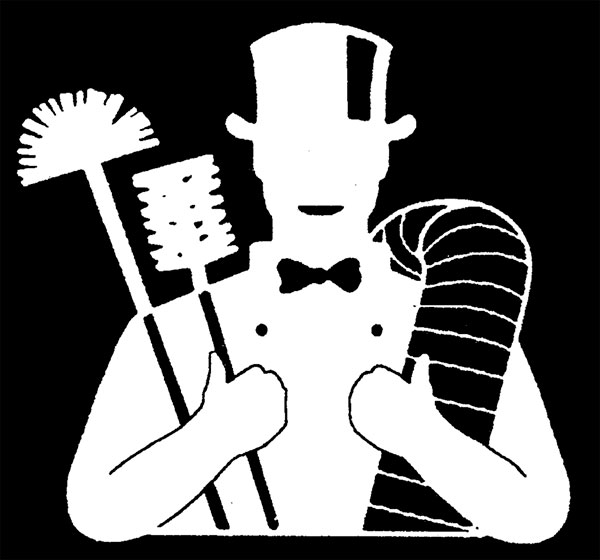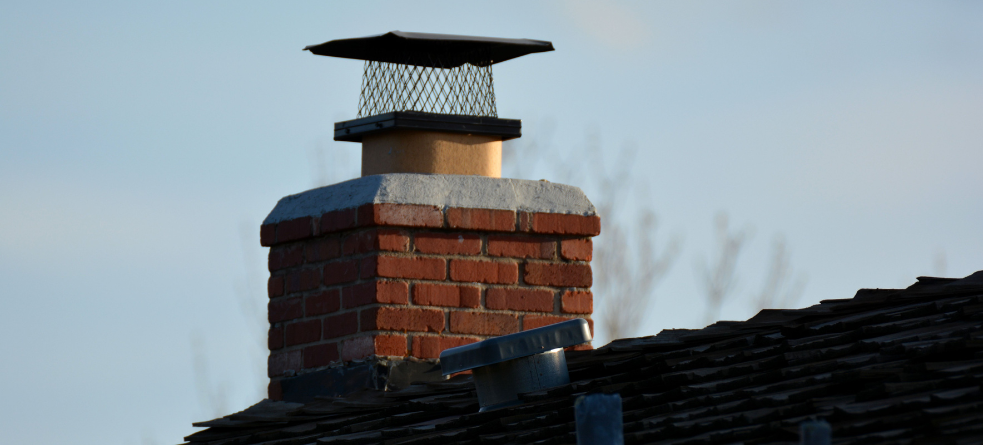When it comes to home maintenance, chimneys are often overlooked. Yet, neglecting them can lead to serious risks, such as chimney fires or carbon monoxide poisoning. To ensure the safety and efficiency of your fireplace, regular chimney care is essential. But how often should a chimney be swept? Let’s explore this question in detail while discussing why chimney sweep services and routine maintenance are so crucial.
The Importance of Regular Chimney Sweeping
Why Chimney Sweeping Matters
A chimney serves as a critical ventilation system, carrying smoke, gases, and toxins out of your home. Over time, creosote—a tar-like substance—and soot accumulate on the walls of your chimney. Excessive buildup of these materials can restrict airflow and increase the risk of a fire. A professional chimney sweep service can eliminate these risks, ensuring your fireplace operates safely and efficiently.
Additionally, birds, squirrels, and other small animals may find their way into your chimney, leaving debris that can block the flue. Routine chimney inspections and cleaning will address these issues, giving you peace of mind every time you light a fire.
Recommended Frequency for Chimney Sweeping
General Guidelines
The National Fire Protection Association (NFPA) recommends that chimneys, fireplaces, and vents be inspected at least once a year. This annual inspection should assess for soundness, freedom from deposits, and proper clearance. As for sweeping, the need depends on how often you use your fireplace.
Here are some general recommendations:
- Frequent Use: If you use your fireplace regularly during the winter, plan to hire a local chimney service for sweeping at least once a year.
- Occasional Use: For those who use their fireplace sparingly, an inspection every year and cleaning every two years might suffice.
- Wood Stove Users: Chimneys connected to wood stoves should be cleaned more frequently, especially if you burn green or unseasoned wood, which produces more creosote.
Factors That Influence Chimney Sweeping Frequency
Several factors may necessitate more frequent chimney maintenance:
- Type of Fuel: Burning wood, especially unseasoned or softwood, generates more creosote than using gas or oil.
- Duration of Use: The more hours your fireplace is in use, the quicker creosote accumulates.
- Type of Chimney: Masonry chimneys tend to hold more soot and debris than metal liners, requiring extra attention.
- Local Climate: If you live in an area with high humidity or frequent storms, moisture can accelerate creosote buildup and damage your chimney.
If any of these apply to your situation, consider scheduling chimney sweep services more often.
The Role of Professional Chimney Sweep Services
Why DIY Isn’t Enough
While some homeowners attempt to clean their chimneys themselves, a professional chimney sweep provides a thorough and safe cleaning that’s difficult to achieve on your own. Certified experts have the tools and training to identify potential issues that might go unnoticed during a DIY cleaning.
For example, a professional will:
- Remove creosote buildup effectively.
- Identify cracks or damage in the chimney structure.
- Spot blockages caused by animals or debris.
- Check for proper airflow and functionality.
Hiring a trusted local chimney service ensures your chimney is not only clean but also safe for continued use.
Additional Services Offered by Chimney Professionals
Beyond sweeping, professional chimney services often include:
- Chimney Inspections: Regular inspections help detect damage or wear that could compromise your chimney’s functionality. For example, cracks in the flue lining can allow toxic gases to seep into your home.
- Chimney Repairs: From minor mortar fixes to complete rebuilds, experts can address structural issues before they become major problems.
- Relining and Waterproofing: These services protect your chimney from future damage, extending its lifespan.
By working with a comprehensive chimney service provider, you can tackle all your chimney needs in one go.
Signs Your Chimney Needs Sweeping or Repairs
Even if you’re unsure about the last time your chimney was cleaned, there are some telltale signs that it’s time to call in a professional:
Visible Creosote Buildup: A black, tar-like substance clinging to the chimney walls is a clear indicator.
Smoke Backup: If smoke doesn’t properly vent out of your fireplace, your chimney might be blocked.
Unpleasant Odors: A smoky or musty smell coming from the fireplace could signal creosote or moisture buildup.
Animal Activity: Noises or debris may indicate that birds or other animals have nested in your chimney.
Damaged Masonry: Crumbling mortar or loose bricks can compromise the structural integrity of your chimney.
If you notice any of these issues, schedule a chimney inspection right away.
How to Choose a Reliable Chimney Sweep Service
Qualities to Look For
Not all chimney services are created equal. When choosing a provider, consider the following:
- Certification: Look for professionals certified by the Chimney Safety Institute of America (CSIA) or similar organizations.
- Experience: A seasoned chimney sweep will have the expertise to handle a variety of chimney systems and issues.
- Local Reputation: Opt for a local chimney service with positive reviews and testimonials from your community.
- Comprehensive Offerings: Providers that offer inspections, repairs, and cleaning are a convenient choice for ongoing maintenance.
The Cost of Chimney Sweeping
On average, a standard chimney sweep costs between $150 and $300, depending on your location and the condition of your chimney. Additional services, such as repairs or relining, may increase the price but are essential investments in your home’s safety.
Preventative Tips to Reduce Creosote Buildup
While professional chimney services are indispensable, there are steps you can take to minimize creosote accumulation:
Burn Seasoned Wood: Properly dried wood burns cleaner and produces less creosote.
Avoid Burning Trash: Items like paper and cardboard can create excessive soot and toxins.
Maintain Proper Ventilation: Ensure your chimney and fireplace damper are open and functioning correctly.
Install a Chimney Cap: A cap prevents animals and debris from entering your chimney, reducing the risk of blockages.
By following these practices, you can extend the time between professional cleanings.
Conclusion: Schedule Regular Chimney Maintenance
How often should a chimney be swept? The answer depends on your usage, the type of fuel you burn, and other environmental factors. At a minimum, schedule annual chimney inspections and cleanings to ensure safety and efficiency. Partnering with a reliable local chimney service for regular maintenance will help prevent fires, improve air quality, and prolong the life of your chimney.
Don’t wait for visible problems to arise. Contact a professional chimney sweep service today to schedule your next inspection or cleaning. Whether it’s sweeping, repairs, or inspections, investing in your chimney’s upkeep is investing in your home’s safety.


Recent Comments